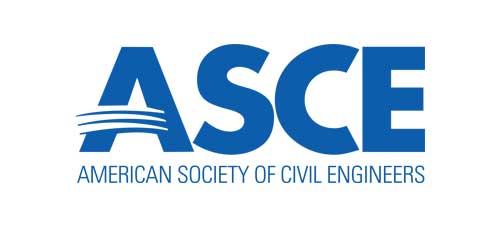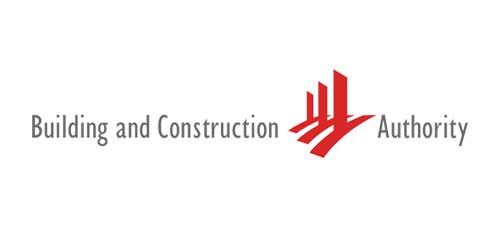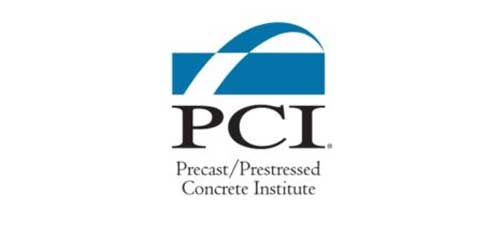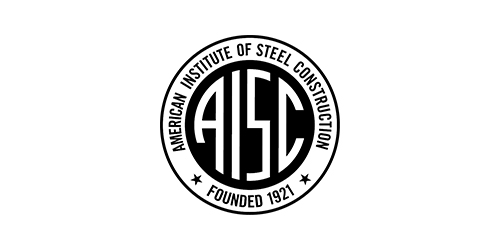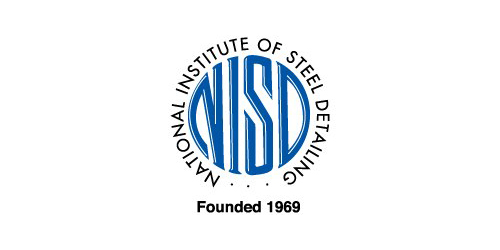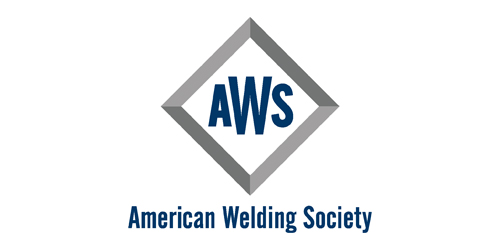India is undergoing one of the most significant infrastructure booms in its history. From urban housing to transport systems, the demand for faster, safer, and more sustainable construction methods has never been greater. Among the modern techniques making waves, precast construction has emerged as a key player—transforming the way India builds.
What is Precast Construction?
Precast construction refers to the process of manufacturing concrete components—such as walls, beams, columns, and slabs—in a factory-controlled environment, which are then transported and assembled at the site. This off-site manufacturing method allows for higher precision, improved quality control, and rapid installation.
In traditional construction, concrete is poured and cured on-site, leading to delays due to weather conditions, labor challenges, and inconsistent workmanship. Precast construction eliminates many of these issues, making it an ideal solution for modern infrastructure projects.
Why India is Embracing Precast
Several factors are driving the adoption of precast technology in India:
1. Rapid Urbanization & Housing Needs
India’s urban population is projected to reach 600 million by 2036. This growth has created a massive demand for affordable and quality housing. The Pradhan Mantri Awas Yojana (PMAY) aims to build over 20 million urban homes, many of which are now being constructed using precast technology to meet tight deadlines.
2. Faster Project Delivery
Time is money, especially in infrastructure development. Precast components are manufactured in parallel while site work progresses, reducing the overall construction timeline by up to 40–50% compared to traditional methods.
3. Improved Safety and Quality
Since precast elements are made in a controlled setting, there’s minimal variation in quality. Additionally, less labor is required on-site, reducing safety risks.
4. Sustainability Goals
Precast construction generates less waste, reduces on-site pollution, and consumes less water. These aspects align with India’s sustainability goals and Green Building initiatives.
Latest News & Developments (2024–2025)
Delhi’s RRTS Project Adopts Precast in a Big Way
The Regional Rapid Transit System (RRTS) connecting Delhi–Meerut is one of India’s most advanced transport projects using precast technology for viaducts, stations, and tunnel segments. It sets a precedent for future transit systems in India.
New Precast Plants Coming Up
Several new precast manufacturing plants are being set up in Maharashtra, Telangana, and Uttar Pradesh. These facilities aim to cater to the growing demand for high-rise commercial and residential buildings using modern building technologies.
Challenges on the Road
While precast construction offers many advantages, the industry faces a few key challenges:
High Initial Investment:
Setting up a precast plant involves significant capital, often limiting adoption to larger developers.
Design & Engineering Awareness:
There’s still a learning curve for architects and engineers unfamiliar with precast systems.
Transportation Logistics:
Moving large precast elements across crowded urban roads can be difficult and expensive.
The Role of Telge Projects
At Telge Projects, we believe that embracing innovative technologies like precast is essential for reshaping India’s structural engineering landscape. As a structural civil engineering firm, we are actively incorporating precast design integration in our projects to ensure speed, cost-efficiency, and structural integrity.
Our team constantly collaborates with precast manufacturers, architects, and developers to deliver solutions that meet international standards while aligning with local site conditions and codes.
The Future of Precast in India
The coming decade will be pivotal for precast construction in India. As smart cities rise and infrastructure spending continues to increase, the country needs scalable and modern solutions that can keep up with its ambitions. Precast offers:
- Scalability for mass housing
- Adaptability for complex infrastructure
- Sustainability for long-term development
More importantly, the government’s push for “Ease of Doing Construction” and digitization through BIM (Building Information Modeling) will further streamline precast project execution across the country.
Conclusion
The rise of precast construction isn’t just a trend—it’s a revolution. As India builds the cities of tomorrow, precast technology will be at the heart of this transformation, driving speed, safety, and sustainability.
At Telge Projects, we are proud to be part of this revolution—engineering smarter solutions for a stronger, more resilient India.

